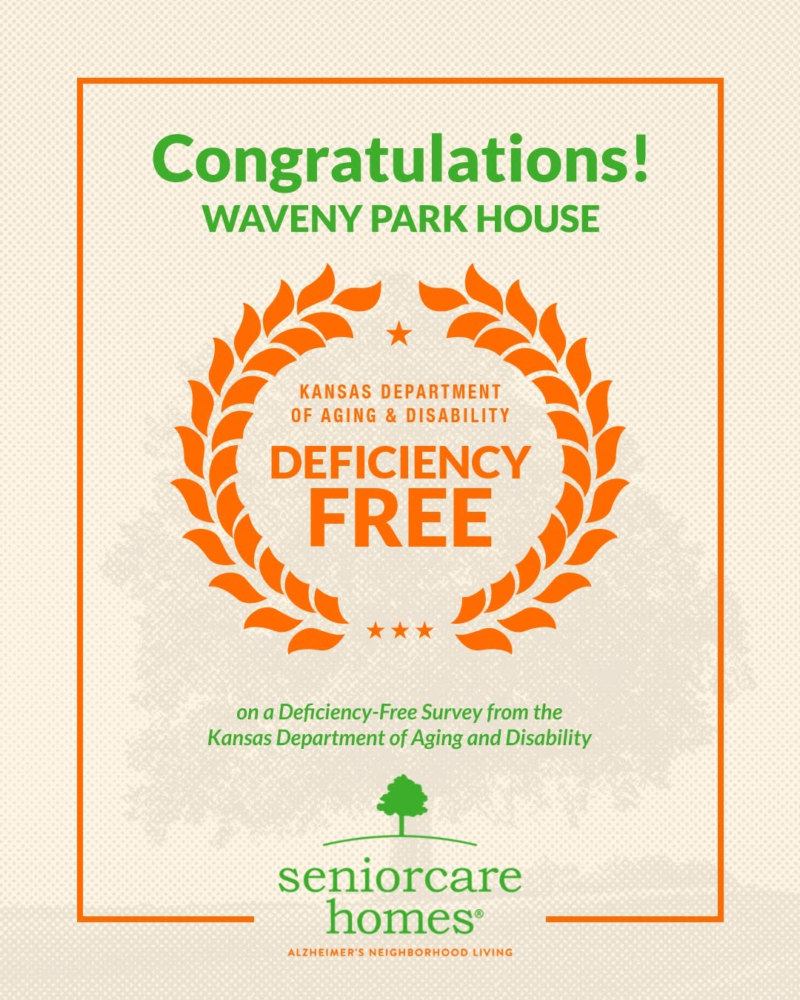The Impact of Increasing Size on Senior Living Care Quality
The Shift Towards Larger Communities
When it comes to Senior Living, bigger hasn’t always been the norm and isn’t always better. The rebirth of the nursing home has been fueled by the increased size of newly built senior living communities.

Memory Care as a Case Study
To best demonstrate the effects, let’s use memory care units as the guinea pig. Updated senior living designs are increasing census in memory care units to unprecedented numbers.
The Consequences of Expansion
Changing Care Dynamics
Now entire buildings of 60 or more residents are built and labeled memory care – changing the care dynamic and stretching the caregiver to resident ratios to accommodate the larger numbers of high need residents.
Financial Motivations and Clinical Complexities
Memory care beds have historically fetched a premium rate making investors very happy. However, more beds mean increased care, clinical complexity, and additional staffing needs.
Challenges and Unintended Consequences
Staffing and Care Quality
Finding staffing solutions to accommodate the larger footprints has proven difficult, making resident-centered care for higher need residents extremely hard to find.
The Financial Burden on Families
Vacant rooms and 30-day notices are pressuring families towards the nursing home level skilled settings unless they are willing to add private duty caregivers for 1:1 care at $35 dollars per hour.
Inconsistent Policies and Family Stress
One recent family I worked with was told that their mom could not receive the care she needed in the current memory care community and needed to move to skilled nursing, only to be told a week later that ownership decided she could receive the care and didn’t have to move.
The Broader Impact
Recruitment Pressure and Increased Liability
Staffing these larger layouts quickly puts pressure on recruiting and increases liability, often necessitating the use of agency caregivers unfamiliar with resident needs.
A Call for Observational Changes
This has translated to a present-day quandary pitting the boardroom, architects, and investors against the families, residents, and caregivers they employ and serve. Our industry would be wise to spend more time observing the daily resident rhythms before continuing to implement an unprecedented number of significant policy changes.










